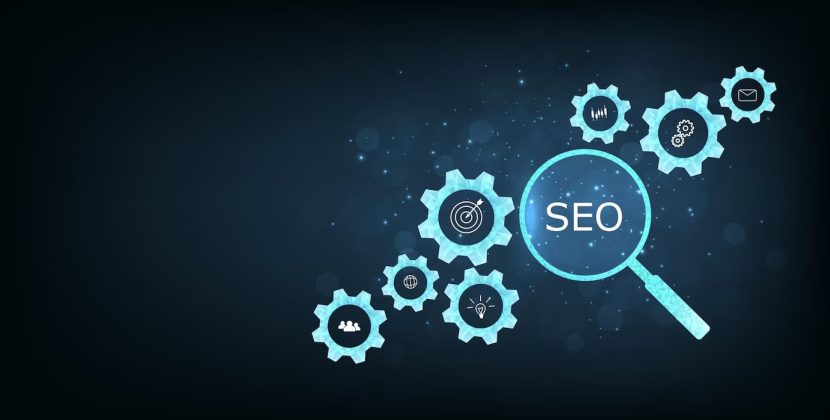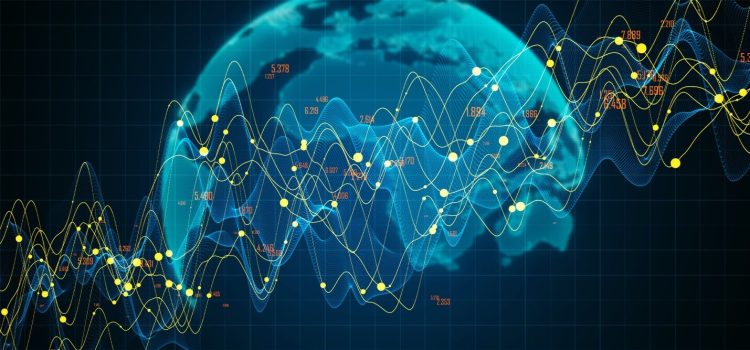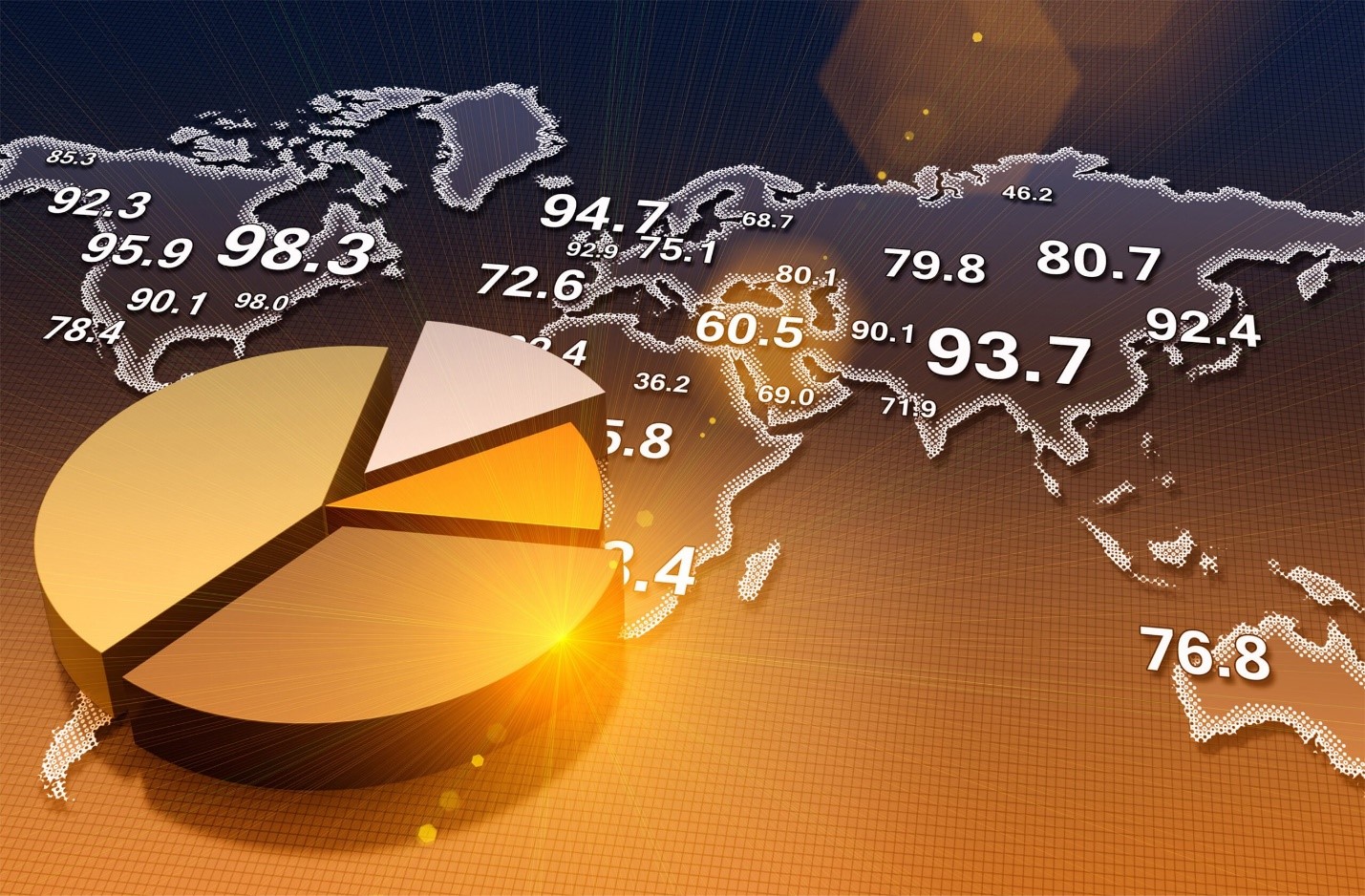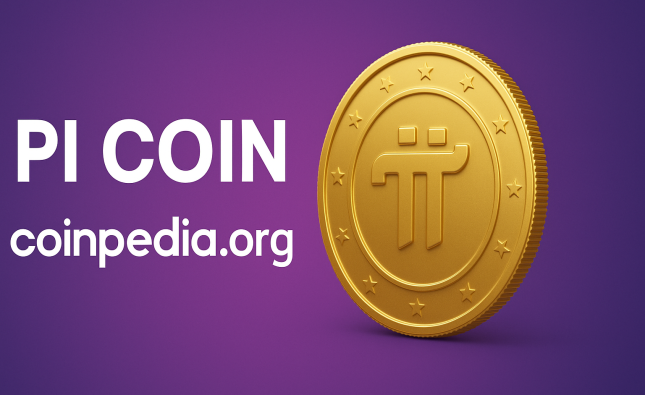
As we navigate through 2023, the global economy presents a complex and multifaceted landscape. This mid-year review aims to provide an informative overview of the current state of the world economy, focusing on key regions, sectors, and trends that are shaping the economic outlook. Keywords such as inflation, supply chain disruptions, digital transformation, and green energy will be central to our discussion.
Global Economic Growth: A Mixed Bag
The global economy has shown resilience in the face of numerous challenges. According to the International Monetary Fund (IMF), global growth is projected to moderate to 3.5% in 2023, down from 6.1% in 2021. This deceleration is attributed to several factors, including inflationary pressures, supply chain disruptions, and geopolitical tensions.
Inflation: A Persistent Challenge
Inflation remains a significant concern for policymakers worldwide. In the United States, the Consumer Price Index (CPI) has seen a year-over-year increase of 4.9% as of June 2023. Similarly, the Eurozone is grappling with inflation rates hovering around 5.3%. Central banks, including the Federal Reserve and the European Central Bank, have responded with interest rate hikes to curb inflation. However, these measures have also raised concerns about potential slowdowns in economic activity.
Supply Chain Disruptions: The New Normal
Supply chain disruptions continue to be a thorn in the side of global trade. The COVID-19 pandemic exposed vulnerabilities in supply chains, and the subsequent geopolitical tensions, particularly between the US and China, have exacerbated the situation. The semiconductor shortage, for instance, has had far-reaching implications, affecting industries from automotive to consumer electronics. Companies are increasingly looking to diversify their supply chains to mitigate these risks, but this transition is neither quick nor easy.
Regional Insights: Divergent Paths
United States: A Balancing Act
The US economy is navigating a precarious balance between growth and inflation. The labor market remains robust, with an unemployment rate of 3.6%, but wage growth has not kept pace with inflation, eroding purchasing power. The Federal Reserve’s monetary tightening aims to tame inflation but risks tipping the economy into a recession. On the fiscal front, government spending on infrastructure and green energy projects aims to stimulate growth, but the impact will take time to materialize.
Europe: Energy Woes and Recovery
Europe faces a unique set of challenges. The ongoing conflict in Ukraine has disrupted energy supplies, leading to soaring energy prices. Countries like Germany and France are accelerating their transition to renewable energy sources to reduce dependence on Russian gas. The European Union’s Recovery and Resilience Facility, a €750 billion fund aimed at post-pandemic recovery, focuses on digital transformation and green energy, promising long-term benefits but requiring effective implementation.
Asia: A Tale of Two Giants
Asia’s economic landscape is dominated by China and India, each with its own set of dynamics. China’s zero-COVID policy and regulatory crackdowns have slowed economic growth, with GDP expected to grow at 5.1% in 2023, down from pre-pandemic levels. In contrast, India is experiencing robust growth, projected at 7.4%, driven by strong domestic demand and government reforms. However, both countries face inflationary pressures and supply chain challenges.
Sectoral Trends: Winners and Losers
Technology: The Digital Transformation Continues
The technology sector remains a bright spot in the global economy. The pandemic accelerated digital transformation, and this momentum continues unabated. Cloud computing, artificial intelligence, and cybersecurity are key growth areas. Companies are investing heavily in digital infrastructure to enhance operational efficiency and customer engagement. However, the sector is not immune to challenges, including regulatory scrutiny and supply chain disruptions.
Green Energy: A Paradigm Shift
The transition to green energy is gaining momentum as countries strive to meet their climate goals. Investments in renewable energy sources, such as wind, solar, and hydrogen, are on the rise. The International Energy Agency (IEA) projects that global renewable energy capacity will increase by 60% by 2026. This shift is creating new opportunities and challenges. While green energy promises to reduce carbon emissions, it also requires significant investments in infrastructure and technology.
Manufacturing: A Sector in Flux
The manufacturing sector is undergoing significant changes, driven by technological advancements and supply chain disruptions. Automation and robotics are becoming increasingly prevalent, enhancing productivity but also raising concerns about job displacement. The sector is also grappling with rising input costs and supply chain bottlenecks. Companies are exploring nearshoring and reshoring strategies to build more resilient supply chains.
Future Outlook: Navigating Uncertainty
The global economy is at a crossroads, with numerous uncertainties clouding the outlook. Inflationary pressures and supply chain disruptions are likely to persist in the near term. Geopolitical tensions, particularly between major economies, add another layer of complexity. However, there are also reasons for optimism.
Technological Innovation
Technological innovation continues to drive economic growth and transformation. Advances in artificial intelligence, biotechnology, and renewable energy hold the potential to address some of the world’s most pressing challenges, from healthcare to climate change. Governments and businesses alike are investing in research and development to harness these innovations.
Policy Measures
Policymakers have a crucial role to play in navigating the current economic landscape. Central banks must strike a delicate balance between controlling inflation and supporting growth. Fiscal policies should focus on long-term investments in infrastructure, education, and healthcare to build resilient economies. International cooperation is also essential to address global challenges, such as climate change and trade imbalances.
Consumer Behavior
Consumer behavior is evolving, influenced by technological advancements and changing societal values. There is a growing preference for sustainable and ethically produced goods, driving companies to adopt more responsible business practices. The rise of e-commerce and digital payments is reshaping retail and financial services, offering new opportunities for growth.
Conclusion
The state of the global economy at mid-year 2023 is characterized by a mix of challenges and opportunities. Inflation and supply chain disruptions are significant headwinds, but technological innovation and policy measures offer pathways to resilience and growth. As we move forward, the ability to adapt to changing conditions and leverage new opportunities will determine the trajectory of the global economy. Policymakers, businesses, and consumers all have roles to play in shaping a sustainable and prosperous future.











